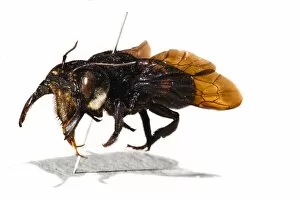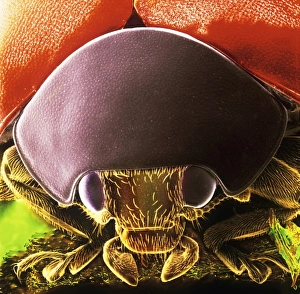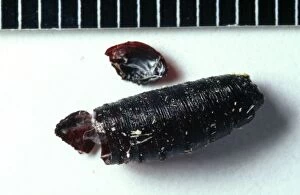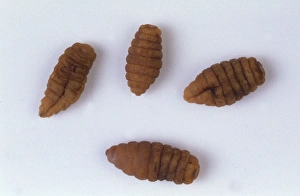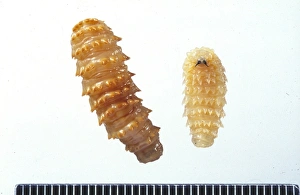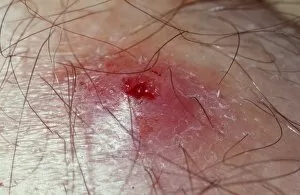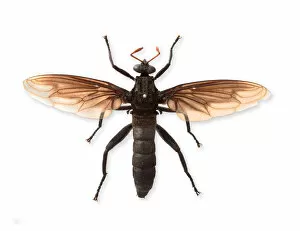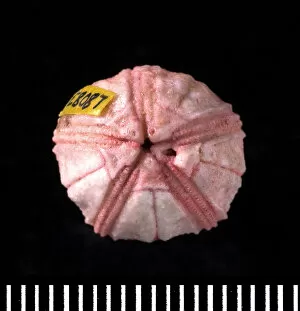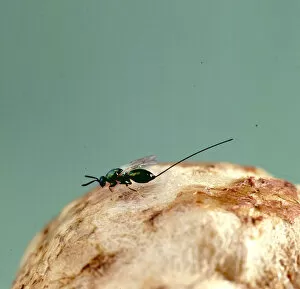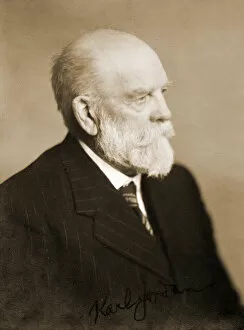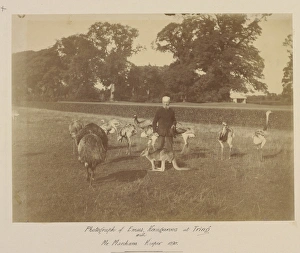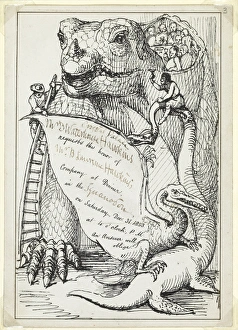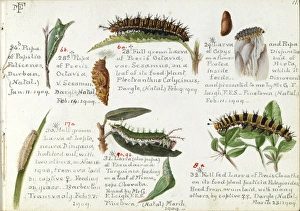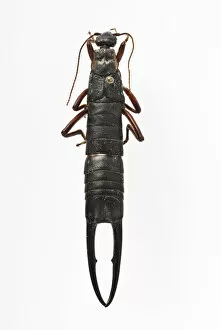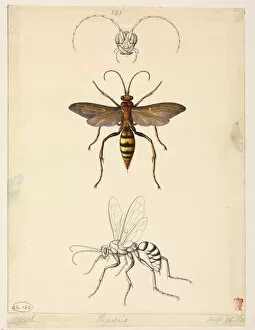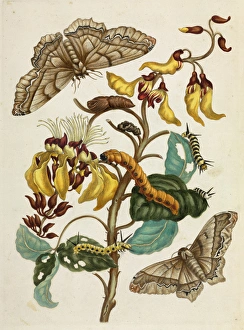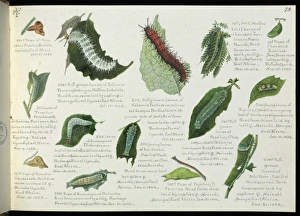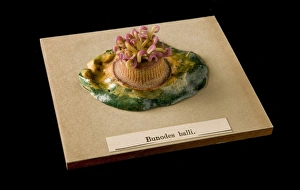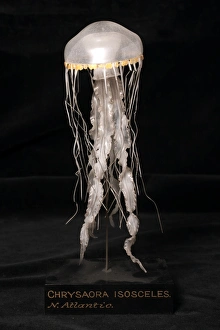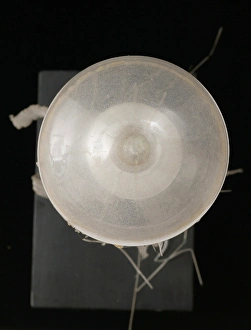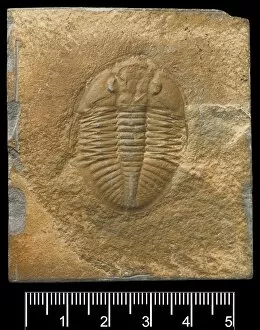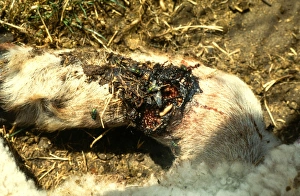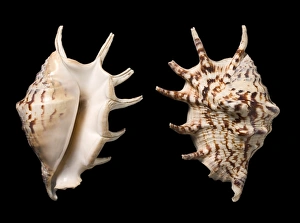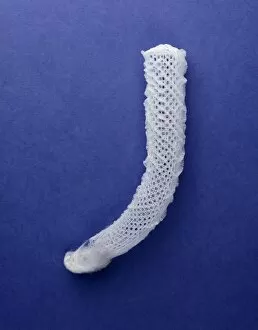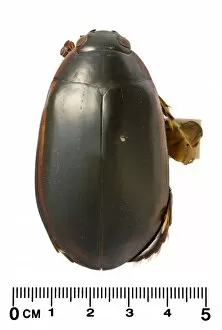Invertebrata Collection (page 5)
"Invertebrata: A Fascinating World of Wonders" Step into the mesmerizing realm of invertebrates, where an array of extraordinary creatures awaits
All Professionally Made to Order for Quick Shipping
"Invertebrata: A Fascinating World of Wonders" Step into the mesmerizing realm of invertebrates, where an array of extraordinary creatures awaits. From the resplendent Ornithoptera alexandrae, also known as Queen Alexandra's birdwing butterfly, to the captivating Chrysina limbata silver chafer beetle, this diverse group never fails to amaze. Delve into the world of entomology specimens and witness their intricate beauty up close. Marvel at the delicate wingspan of a cloudless sulphur butterfly, Phoebis sennae, or explore Plate 17 from Libellulinae Europaeae by de Charpentier and discover a stunning variety of European dragonflies. Venture beneath the waves and encounter an ancient giant - the magnificent octopus. Its intelligence and adaptability are awe-inspiring as it gracefully navigates its watery domain. Travel back in time through fossil records and uncover extinct marine reptiles that once ruled prehistoric oceans. Admire Asteroceras, a fossil ammonite with its perfectly preserved spiral shell that tells tales from millions of years ago. Nature's artistry takes center stage with Ophrys apifera, commonly known as bee orchid. This remarkable flower mimics bees so convincingly that it attracts pollinators effortlessly. Witness nature's coevolutionary dance between Xanthopan morganii praedicta sphinx moth and Angraecum sesquipedale orchid – their symbiotic relationship is nothing short of astonishing. Meet Ocypus olens, better known as devil's coach horse beetle model; its fierce appearance belies its role in maintaining ecological balance by devouring decaying matter. Observe leaf-cutter ants diligently carrying pieces of foliage several times their size – these tiny architects demonstrate incredible teamwork while building their elaborate underground colonies. Invertebrata encompasses a vast tapestry of life, each thread woven with intricate adaptations and captivating stories.




